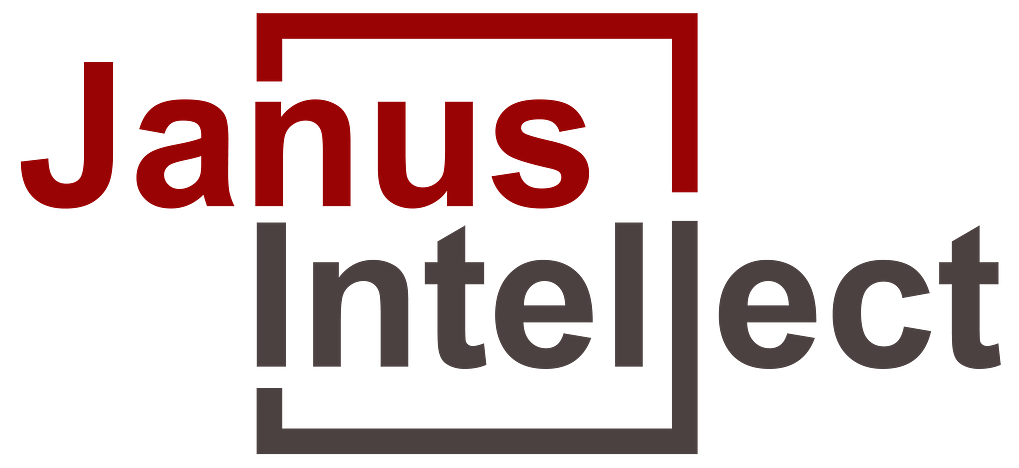Introduction
The Global Audio Codec Market is set to surge from USD xx Bn in 2023 to a projected USD xx Bn by 2028, growing at a CAGR of xx%.
As internet penetration continues to rise globally, there is an increasing demand for online audio content such as music streaming, podcasts, and online radio. This surge in data traffic requires efficient audio codecs for compressing and transmitting audio files over the internet without compromising quality. The demand for high-quality audio streaming services is a key driver for the audio codec market.
With the decline in the use of optical media products like CDs and DVDs, there is a shift towards digital formats for content consumption. Audio codecs actively fulfill a crucial role in encoding and decoding digital audio files, ensuring their efficient storage, transmission, and playback across various devices. This trend is driving the adoption of digital audio codecs in place of traditional optical media formats.
The increasing integration of advanced infotainment systems in passenger cars has led to a growing demand for high-quality audio codecs. Consumers expect a seamless and immersive audio experience while driving, which requires efficient audio compression and playback capabilities. This trend is particularly significant in the automotive industry, where audio codecs contribute to enhancing the overall in-car entertainment and information systems.
Segment Analysis for Audio Codec Market
The Global Audio Codec are segmented based on Type, Application, and Geography.
The global audio codec market, categorized by type with a focus on hardware, is further divided into three subtypes: Mono Codec, Stereo Codec, and Multi-Channel Codec.
This segmentation reflects the diversity in hardware-based audio encoding and decoding solutions available in the market.
The Multi-Channel Codec, with its capacity to handle multiple audio channels. It caters to sophisticated audio systems, surround sound setups, and applications demanding a higher degree of audio complexity.
Regional Analysis for Audio Codec Market
APAC is home to some of the world’s leading consumer electronics manufacturers, particularly in countries like China, Japan, South Korea, and Taiwan. The robust growth of the consumer electronics industry in this region drives the demand for advanced audio codec technologies in smartphones, tablets, smart TVs, and other electronic devices.
With a large and continually expanding population, APAC has become a crucial market for smartphones. The rising adoption of smartphones in countries like China and India propels the need for high-quality audio solutions. It is encouraging the integration of advanced audio codecs for better sound quality and enhanced user experiences.
The APAC market has witnessed a noticeable shift in consumer preferences towards high-resolution audio. A growing awareness of audio quality and an increasing number of audiophiles actively. This drive the trend toward seeking superior sound experiences. Audio codecs play a pivotal role in delivering high-fidelity sound, meeting the demands of this emerging market segment.
The automotive industry in APAC is expanding rapidly, with countries like China being major contributors to the growth. Advanced audio systems in vehicles, including infotainment systems and in-car entertainment. It is a sophisticated audio codecs to deliver optimal sound quality, contributing to the overall demand in the region.
List of Companies
The report provides profiles of the key companies, outlining their history, business segments, product overview, and company financials. Some companies from competitive analysis are AMS, Analog Devices, Asahi Kasei Microdevices, ATC Labs, etc.
Key Developments
Samsung has introduced a range of innovative features through the Android 14-based One UI 6.0 update. Currently available in beta for the Galaxy S23 series in select countries. The software is anticipate to reach stable form by the year’s end. Within One UI 6.0, Samsung has incorporated support for two additional Bluetooth audio codecs. – August 2023
Google has open-sourced the low-bandwidth Lyra audio codec designed for data calls. This open-source codec, undergoing testing in Google Duo. It is going to offer comparable audio quality to established codecs like Opus while significantly reducing data consumption. – August 2022
Frequently Asked Questions
How Much Is The Global Audio Codec Size?
The Global Audio Codec is set to surge from USD xx Bn in 2023 to a projected USD xx Bn by 2028, growing at a CAGR of xx%.
What Is The Major Global Audio Codec Driver?
-
Growing Internet Penetration and Data Traffic
-
Surging Demand for Telecommunication Systems
What are the Major Audio Codec Opportunities?
-
Growing Demand for Android Set-up Boxes and Video-on-demand Services
Who Are The Audio Codec Players?
AMS, Analog Devices, Asahi Kasei Microdevices, ATC Labs, Barix, Broadcom, etc.




